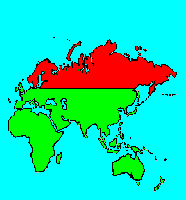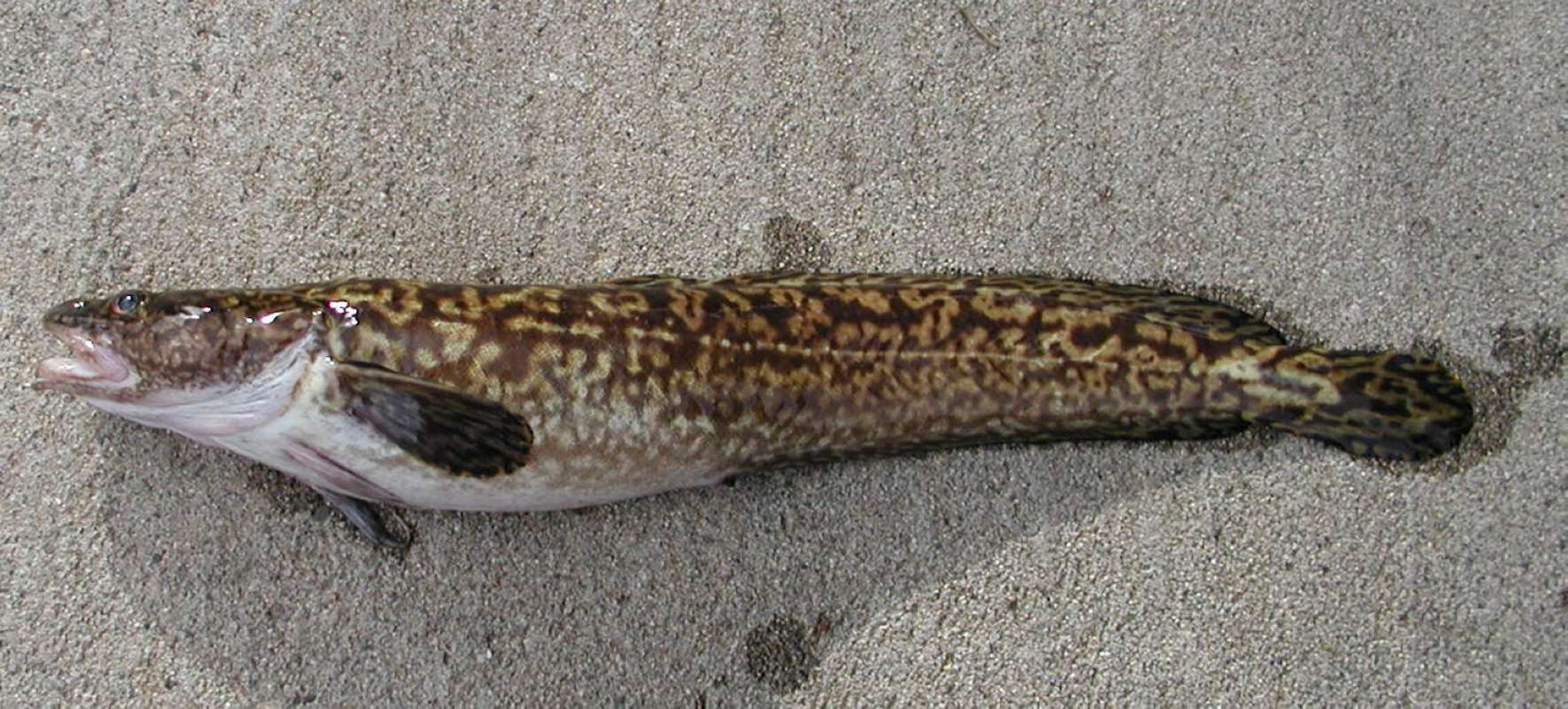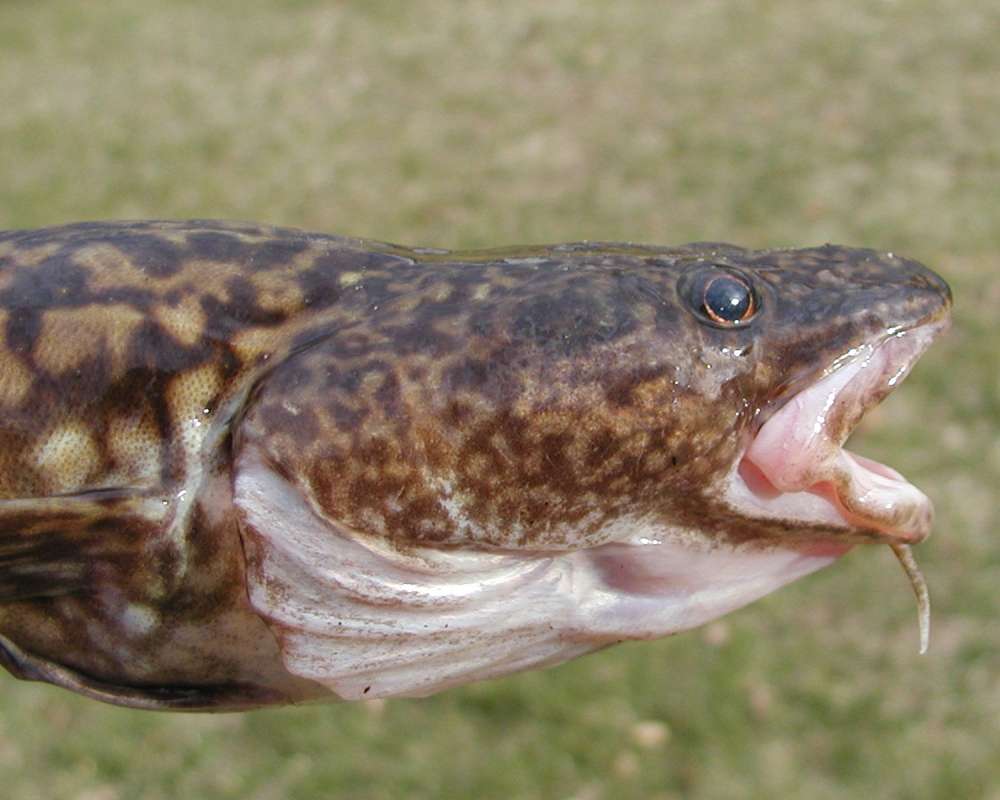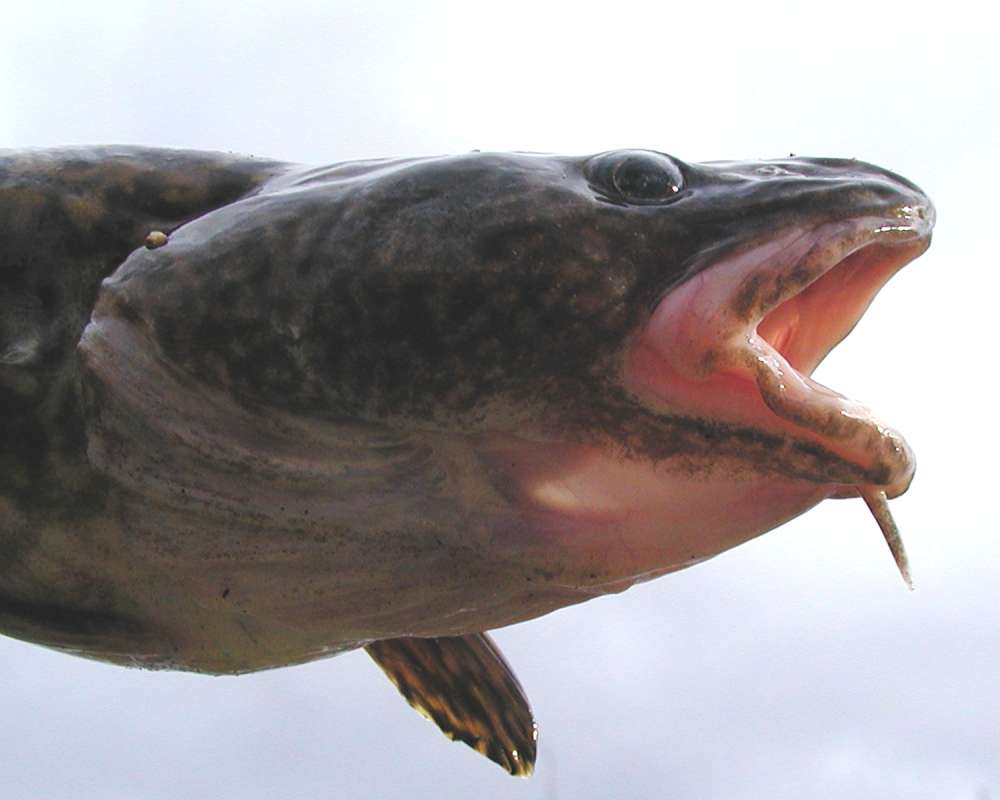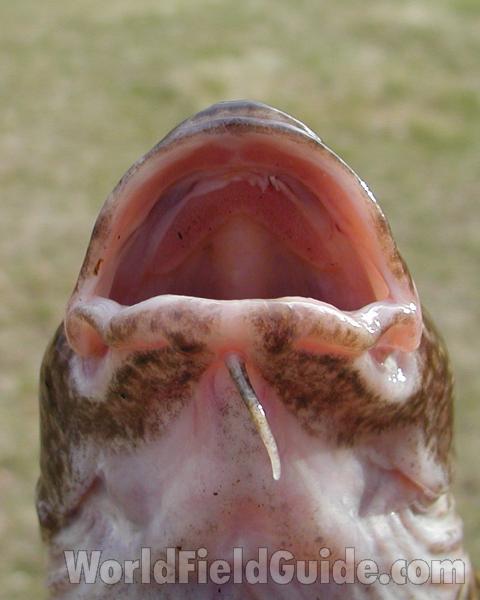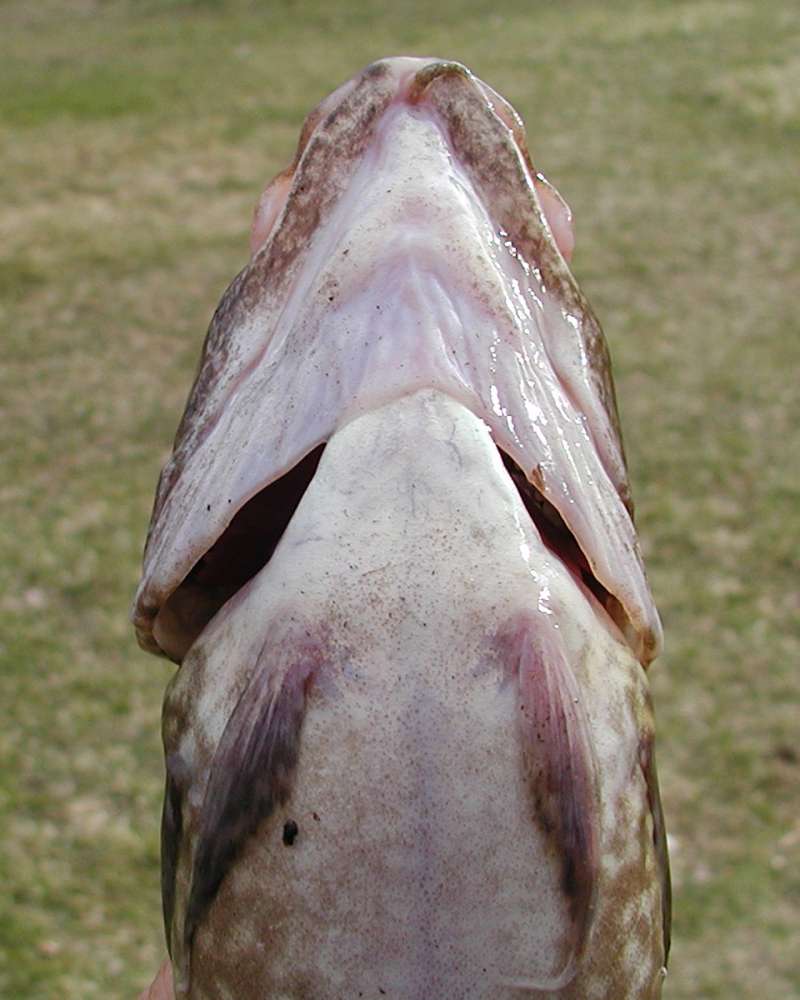SPECIES INFO
Burbot or eel pout (Lota lota) is the only freshwater species in the cod family. The burbot is found in northern Eurasia and North America usually in deeper waters of large rivers or lakes. This unusual fish can grow up to 30 inches long. (The Atlantic Tomcod sometimes can be found in freshwater lakes.)Cods (Family Gadidae) are found in cold and arctic waters of the northern hemipshere. (Only one species, Lota lota, if found permantly in freshwater.) These are popular game and important commercial food fish. The dorsal fins are unusual in that they lack spines. Some species have barbels near the the mouth. One unusual feature of this family is the pelvic fins which are located ahead of the pectoral fins. Some of the species can lay over 9 million eggs in a season.
Cod group Gadiformes contains some very important commercial fish such as the haddock, cod, and whiting. This order is characterized by an unusual tail and a lack of bones in the fins.
Bony fish, Class Teleostomi, are a class of chordates that include the majority of fish-like animals found on earth. They are characterized by a bony jaw and a bony skeleton. They are found in both fresh and marine waters.
Backboned Animals (Phylum Chordata) are the most advanced group of animals on earth. These animals are characterized by having a spinal cord or backbone. Most members have a clearly defined brain that controls the organism through a spinal cord. Fish, amphibians, reptiles, birds, and mammals are in this phylum.
Currently, some taxonomists believe that the fish should be divided into two groups (sharks and regular fishes) and that there are some other primitive groups in the phylum such as hagfish or lampreys.
Animal Kingdom contains numerous organisms that feed on other animals or plants. Included in the animal kingdom are the lower marine invertebrates such as sponges and corals, the jointed legged animals such as insects and spiders, and the backboned animals such as fish, amphibians, reptiles, birds, and mammals.
